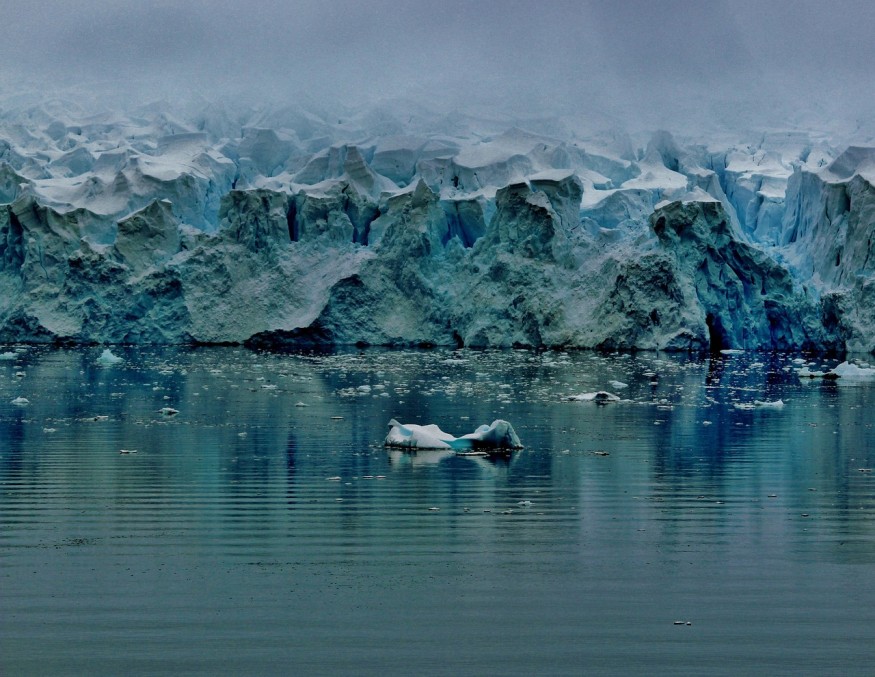
According to a new study, ocean water is pushing miles under the Doomsday Glacier in Antarctica, fueling its vulnerability to melting. The study used space radar data to conduct an X-ray on the extremely important glacier.
Antarctica's Doomsday Glacier
West Antarctica's Thwaites Glacier, dubbed the Doomsday Glacier because its collapse could result in catastrophic sea level rises, is considered the widest glacier in the world. It is roughly as big as Florida.
This glacier is also the most unstable and vulnerable in Antarctica. This is mainly because the land it sits on has a downward slope, enabling ocean waters to eat its ice away.
The Doomsday glacier already accounts for 4% of the rise in sea level worldwide. It also contains sufficient ice for rising sea levels by over two feet. However, since it works as a natural dam to the ice that surrounds West Antarctica, its complete collapse has been estimated by scientists to lead to roughly 10 feet of sea level rise, which could be catastrophic for coastal communities worldwide.
Ocean Water Pushes Doomsday Glacier
Several studies have noted the Thwaites' immense vulnerability. Based on a 2022 study, global warming driven by fossil fuel burning has left it hanging on its fingernails. Now, the latest study adds another alarming factor to its projections.
As part of the study, a team of glaciologists, led by University of California, Irvine scientists, used high-resolution radar data from satellites from March to June 2023. They used the data to create an X-ray of the Doomsday Glacier. This enabled them to construct a picture of the changes in the Thwaites' grounding line, which is where the glacier rises from the seabed to become a floating ice shelf. Such grounding lines are crucial for ice sheet stability and are key to Thwaites' vulnerability. However, they have remained hard to study.
Eric Rignot, a university Earth system science professor and study co-author, explains that previously, only sporadic data was available to examine this. With the new data set, they have strong observations of what is happening.
The researchers observed seawater pushing under the glacier for several miles. It then moved out once more, following the tides' daily rhythm. When water flows, this will raise the glacier's surface by centimeters.
Rignot suggests a "grounding zone" could be more apt than a grounding line.
The seawater speed boosts glacier melt because when the ice melts, freshwater is washed out and replaced by warmer seawater. Such an intrusion will heighten sea level rise projections from Antarctica.
Several mysteries remain regarding what the study's findings could mean for the Doomsday Glacier's future. It also remains unclear how widespread the process is across Antarctica.
While sea ice melting does not directly impact the rise of sea level due to its float, it leaves glaciers and ice sheets on the coast exposed to warm ocean waters and waves, fueling their vulnerability towards breaking up and melting.
The study adds to the evidence that a lasting regime shift has been happening throughout the region in the past few years.
Findings were noted in the "Widespread seawater intrusions beneath the grounded ice of Thwaites Glacier, West Antarctica" study.
Check out more news and information on Environment & Climate in Science Times.
© 2025 ScienceTimes.com All rights reserved. Do not reproduce without permission. The window to the world of Science Times.











